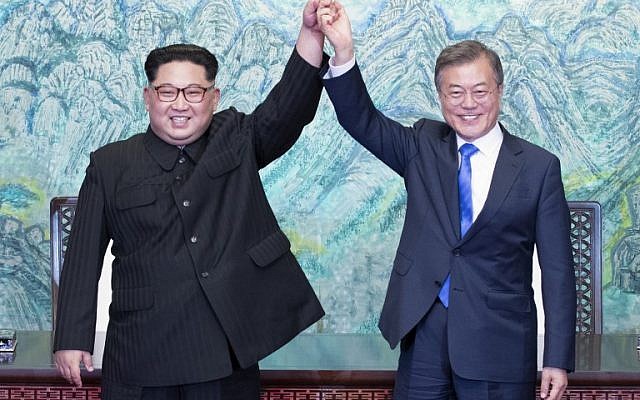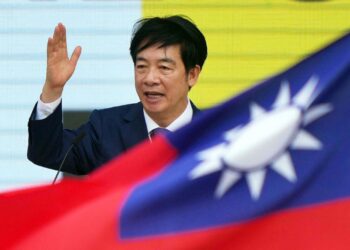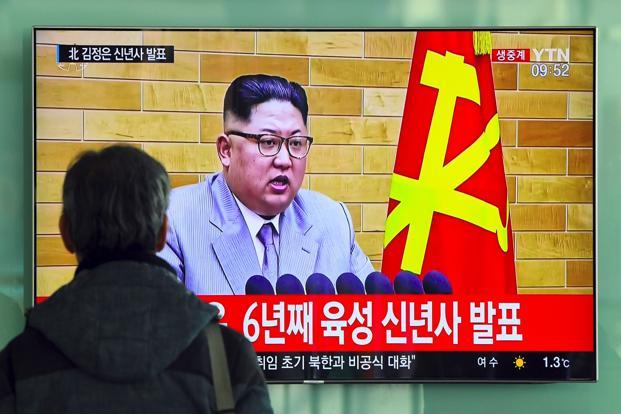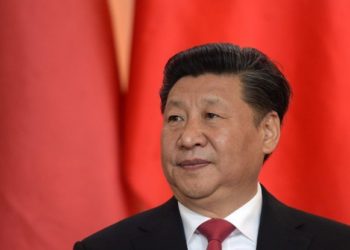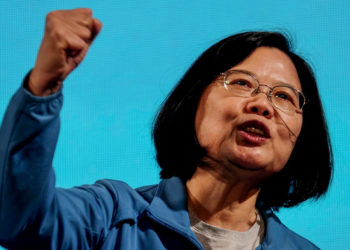Earlier this week, Chinese Foreign Minister Wang Yi visited North Korea for the first time in 11 years. This development created a sense of déjà vu: circumstances were similar in 2007, when Yang Jiechi, then foreign minister of China, visited Pyongyang.
Around the same time, Assistant Secretary of State Christopher Hill also visited North Korea, alas without properly notifying China. At the time, assumptions were that North Korea and the U.S. excluded Beijing from talks during Hill’s visit. China felt that its role as a mediator in the six-party talks was withering and subsequently sent Yang to North Korea to regain its influence in the peninsula.
In 2007, North Korea shut down the Yongbyon nuclear site, and then, with the February 13 agreement achieved through the six-party talks, Pyongyang agreed to close all its nuclear facilities, accepting nuclear inspection visits in exchange for economic support. The states concerned with the nuclear issue were quickly reconciling, with the U.S. representatives visiting North Korea and Japan holding constant normalization talks.
South Korean President Roh Moo-hyun visited North Korea the same year, and it looked like a reconciliation was finally happening. Relations with China, however, seemed to show little progress, if any, considering that Pyongyang and Beijing were already allies. Rapprochement with other states, therefore, connoted the reduction of China’s relative influence in the peninsula. China reacted accordingly, emphasizing its steadfast position.
Wang Yi’s surprise visit to North Korea may be looked at in the same context. Spring has come again to the Korean peninsula, and circumstances are changing swiftly, with Kim Jong-Un’s summit meeting with U.S. President Donald J. Trump scheduled to take place in the next few weeks.
China’s role in this process has been questioned recently, although such doubts were wiped out after Kim’s visit to Beijing. However, the North Korean leader’s surprising change in stance demonstrated during the meeting with President Moon Jae-in in Panmunjeom, has shown that things may progress much quicker than expected. China, with the same qualms of potential reduction of influence it held in 2007, sent its prime minister to dispel such worries.
With the Panmunjeom Statement mentioning that the peace treaty talks may only be held among North, South Korea, and the U.S. with the exclusion of Beijing, experts in China have begun to emphasize that China cannot be excluded in this process. In fact, such arguments are well grounded.
Signing the armistice in 1953, three parties, the commander in chief of the U.N. Command, U.S. General Mark Clark, North Korean leader Kim Il-Sung, and Peng Dehuai from the People’s Republic Army of China, did so without South Korea. Therefore, if any party were to be excluded, from the historical perspective, it would be more befitting to exclude South Korea than China.
Under such pretext, China’s argument for a significant role in the future peace treaty is legitimate. Beijing’s worries about the potential reduction of relative influence in the peninsula can also be countered with such legitimization of involvement.
Like in 2007, when Yang visited North Korea, China is again emphasizing its role as a rightful participant of the Korean peninsula’s matters. Minister Wang’s visit shows an interesting resemblance of the situation that transpired a decade ago, with North Korea announcing the shutdown of a nuclear facility and concerned states rapidly reconciling with Pyongyang. In response, China is showing assertiveness again, emphasizing its unchanging role and influence in the peninsula, which is not new to the Sino-North Korean history.
Disclaimer: The views and opinions expressed here are those of the author and do not necessarily reflect the editorial position of The Globe Post.Going Anti-American to Go Pro-American: North Korea’s Nuclear Agenda


